Violet-tailed Sylph (Aglaiocercus coelestis)
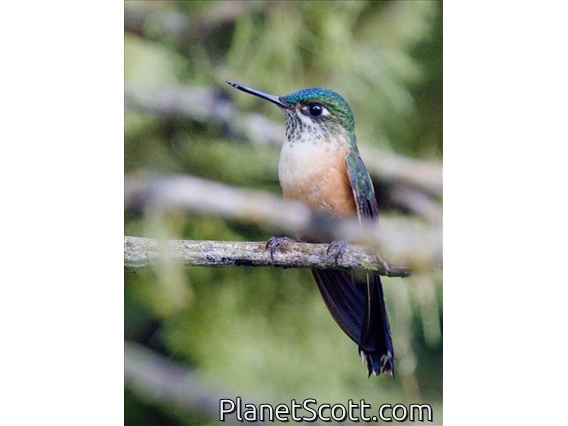
Violet-tailed Sylph (Aglaiocercus coelestis) - Female
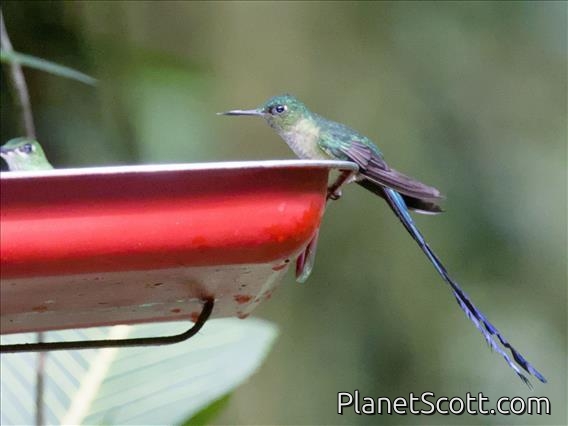
Violet-tailed Sylph (Aglaiocercus coelestis)
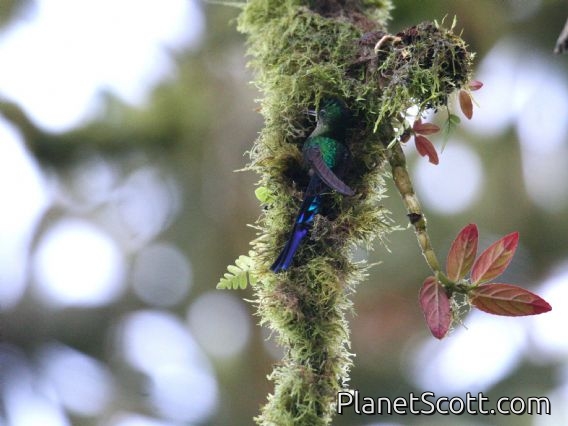
Violet-tailed Sylph (Aglaiocercus coelestis aethereus) At Nest
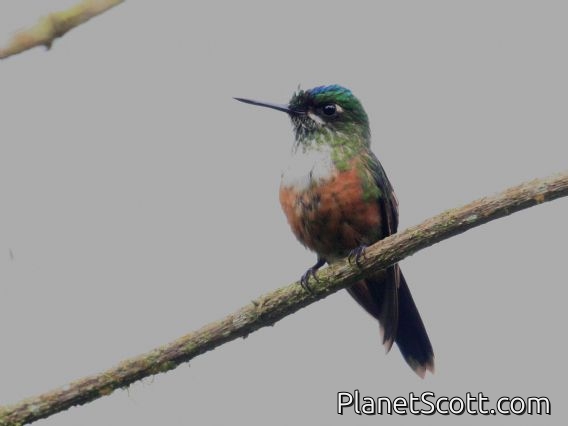
Violet-tailed Sylph (Aglaiocercus coelestis aethereus) Female
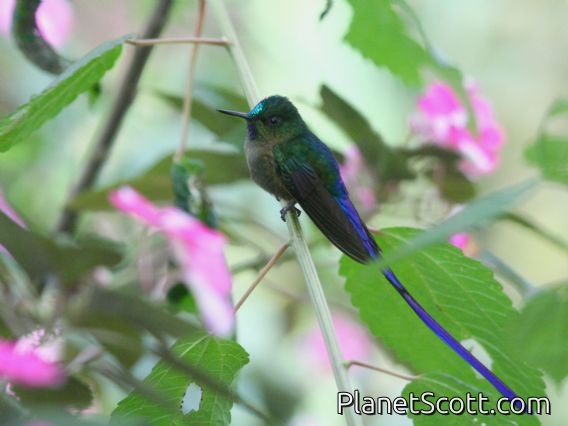
Violet-tailed Sylph (Aglaiocercus coelestis coelestis) Male





×






Violet-tailed Sylph (Aglaiocercus coelestis) - Female

Violet-tailed Sylph (Aglaiocercus coelestis)

Violet-tailed Sylph (Aglaiocercus coelestis aethereus) At Nest

Violet-tailed Sylph (Aglaiocercus coelestis aethereus) Female

Violet-tailed Sylph (Aglaiocercus coelestis coelestis) Male
About Violet-tailed Sylph (Aglaiocercus coelestis)
- Kingdom: Animals
- Phylum: Chordates
- Class: Birds
- Order: Hummingbirds and Swifts
- Family: Hummingbirds
The violet-tailed sylph is a species of hummingbird in the "coquettes", tribe Lesbiini of subfamily Lesbiinae. It is found in Colombia and Ecuador.
Source: Wikipedia
Lifelists
Visits
-
2006-11-26
Buenaventura, Ecuador -
2006-12-17
Mindo - Bellavista, Ecuador -
2006-12-22
Mindo - Foothills, Ecuador -
-
-






